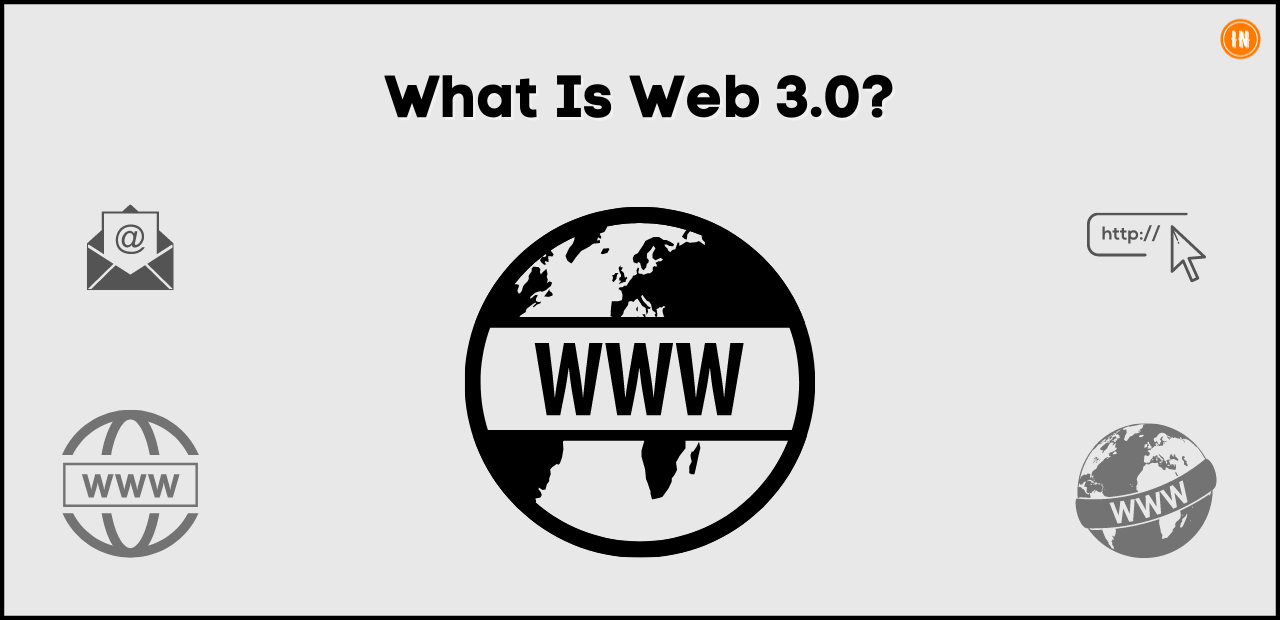In this blog post, we will discuss the Statement that Describes Data-Sharing in a Blockchain and how Data-Sharing is performed in a blockchain.
Here we will look at various ways blockchain can be used in data-sharing contexts and examine which of these ways aligns best with how blockchain technology works in practice.
Blockchain establishes a distributed ledger that may be accessed by several networked devices.
Individuals on the network can safely share files and digital assets such as cryptocurrency without the use of middlemen.
Related Article: Blockchain and Cryptocurrency: What is the Difference?
While that functionality isn’t necessarily new, blockchain-based data-sharing has the potential to be much more efficient than current practices.
Blockchain establishes an immutable, distributed ledger that may be accessed by several networked devices, eliminating the need to rely on outside verification to confirm its validity.
In the brave new world of blockchain, data can be shared safely and easily between individuals without the use of middlemen.
This has led many forward-thinking companies to try to adopt this technology in their everyday business practices, but blockchain’s methods of data-sharing are not without some controversy.
Blockchain technology has become a hot topic in the technology and finance industries over the past few years, particularly due to its ability to facilitate secure data-sharing between parties that may not trust each other.
Related Article: Blockchain Wiki: The Future of Online Transactions
What is Data-Sharing in a Blockchain?
Data-sharing is a blockchain that involves exchanging information with complete trust and transparency, all while maintaining privacy.
For example, let’s say Alice and Bob want to share information (which they may not want to do).
They each have private keys which they use to access their accounts. Their account may also be used by others such as Charlie and David.
If Alice wants to send 10 coins from her wallet to Bob, she can authorize it using her private key.
This transaction is then recorded on a public ledger that everyone on the network can see.
However, no one will know who sent or received these coins unless both parties decide to reveal themselves.
This is what makes data-sharing in a blockchain so secure and transparent at once!
Why Data-Sharing is required in Blockchain?
Distributed ledgers provide some pretty amazing benefits, but data must be shared across networked devices to work.
Blockchains don’t share data until it’s needed, and then only between parties with permission the best of both centralized and decentralized models.
Data doesn’t sit on any particular device, which means that hackers can’t just break into one computer to access it all; instead, they have to hack every single device within a network.
How to Perform Data-Sharing in a Blockchain?
You may have heard about blockchain before. After all, it’s probably one of today’s most popular buzzwords, and with good reason.
That being said, there’s still plenty of confusion surrounding what it is and how it works. For example, you might know that blockchain establishes a distributed ledger that may be accessed by several networked devices.
And you might also realize that individuals on the network can safely share files and digital assets such as cryptocurrency without using middlemen.
To Perform Data-Sharing in a Blockchain you might not know which statement describes that in a blockchain best.
Option 1:
A user creates a file or asset and assigns it an ID number. The user then shares their ID number with other users who want access to their file or asset.
This method makes sense if you think about it from a business perspective. If I own my own company, for instance, I might use this approach when sharing documents with my employees.
As long as they have my ID number, they’ll be able to access any documents I create and save them locally for later use.
Option 2:
Each time a new block is added to the chain, every node must verify that block through consensus before accepting it into its local copy of the chain.
In other words, all nodes must agree that certain information is accurate before updating their version of the chain.
While I understand why some people prefer option two (it does sound more complicated), it doesn’t accurately describe data-sharing in a blockchain.
In fact, because each node stores its own version of the blockchain and verifies blocks independently, there’s no real way to ensure consensus between nodes unless they happen to be working together.
Few Statement(s) Describes Data-Sharing in a Blockchain
Let’s take a look at each of these statements and see if we can find some insight into this technology’s future potential.
1. Cannot be tampered with
Each networked device has an exact copy of the entire blockchain, meaning that there is no central database where someone can alter or tamper with data on file.
For example, if you’re sharing an image via email and you want to ensure that it gets to its recipient unaltered, you might attach a copy of that file to your message but in doing so, you could compromise its integrity by using too much space or sending it along another route.
2. Shared between Participants
Data is shared between participants (other individuals running blockchain software on their computers) to create an immutable, distributed ledger.
Each block of transactions is time-stamped and linked to previous blocks, which form an unbroken chain.
Because data is held by multiple parties, it’s almost impossible for hackers to make fraudulent changes that could affect everyone at once.
3. Safely Stored through Encryption Keys
A blockchain creates a distributed ledger, which means that information is stored across several devices that are part of the network.
Once any given piece of data is written to one of these ledgers, it can’t be removed or modified.
Which statement describes data-sharing and how data may be safely stored through encryption keys when using blockchain technology.
4. All Transactions are Recorded
One of blockchain’s biggest advantages is its ability to store and share data across multiple users.
Rather than having access to information restricted by an individual, users can have access granted by several individuals.
If your business needs to keep documents private while still being able to share them widely, blockchain might be right for you.
5. Approved Transactions only
In Bitcoin, you can create transactions only if they are approved by miners. In most cryptocurrencies that work on blockchain technology, new blocks (and thereby new transactions) are added to an existing chain only after being approved by the owners of these blocks.
The first is that you can trust that your transaction will be processed; when it’s added to a block, it becomes immutable and will remain there forever as long as miners continue to approve new blocks.
Conclusion
The word is asking you to select from two choices, so you want to read each choice carefully, Both are correct but with different meanings of sharing.
The first statement explains how data can be shared on a blockchain through public keys and private keys (which is how encryption works).
The second statement explains that users are able to share their public keys with other people safely because it won’t reveal their identity.

Meet Nitin, a seasoned professional in the field of data engineering. With a Post Graduation in Data Science and Analytics, Nitin is a key contributor to the healthcare sector, specializing in data analysis, machine learning, AI, blockchain, and various data-related tools and technologies. As the Co-founder and editor of analyticslearn.com, Nitin brings a wealth of knowledge and experience to the realm of analytics. Join us in exploring the exciting intersection of healthcare and data science with Nitin as your guide.










